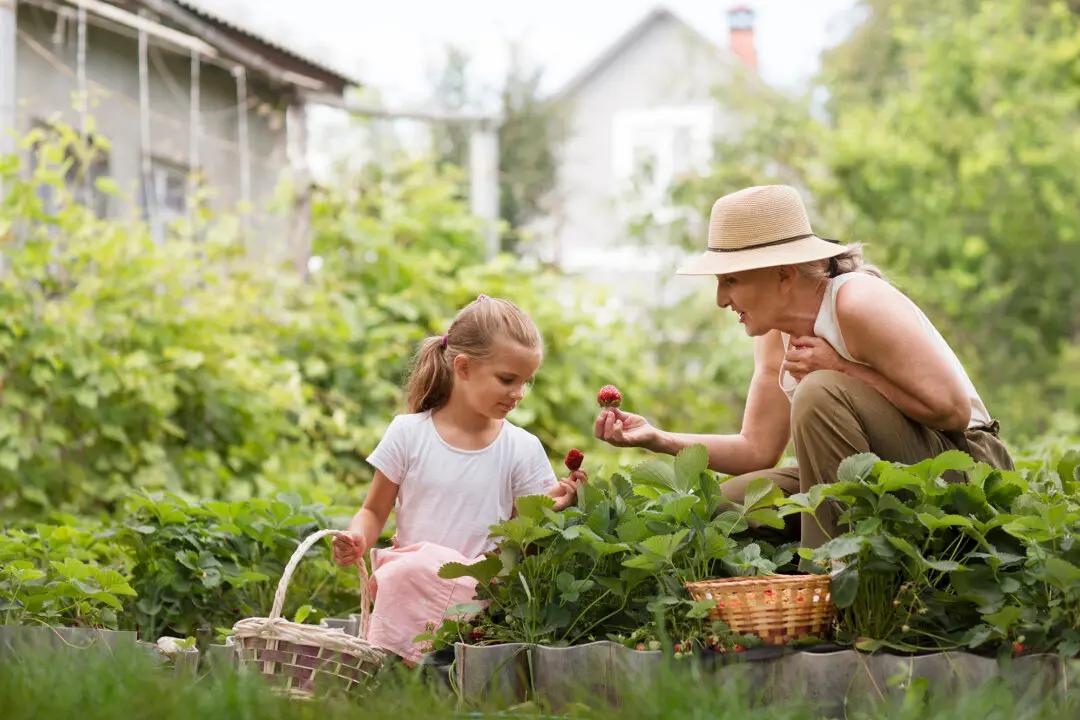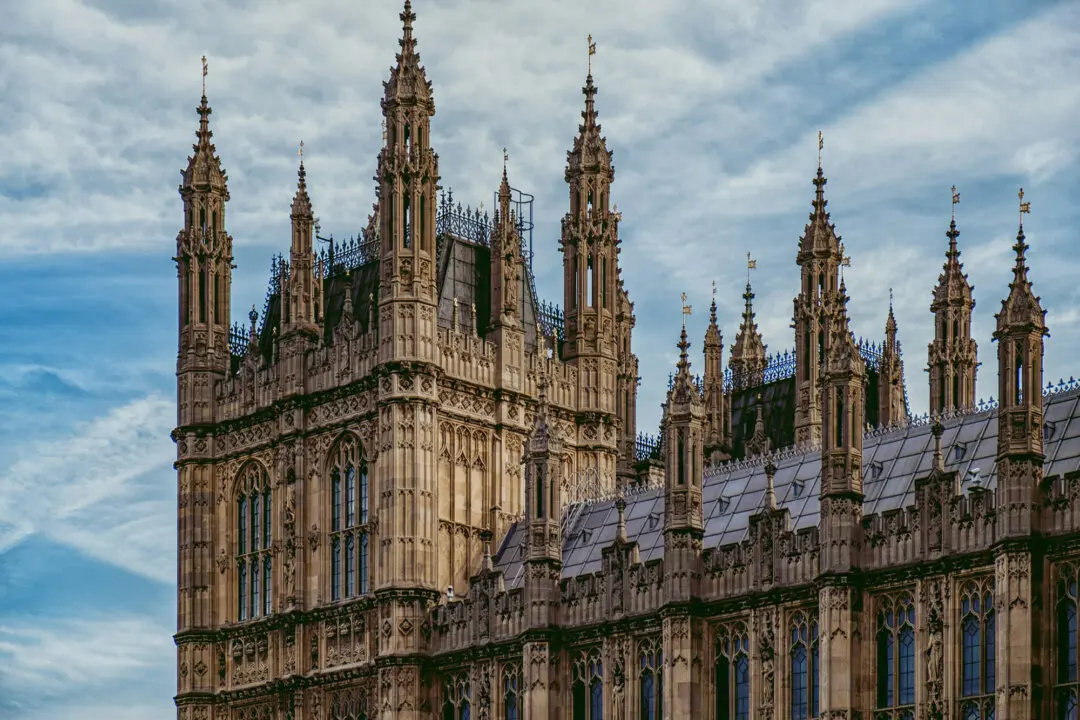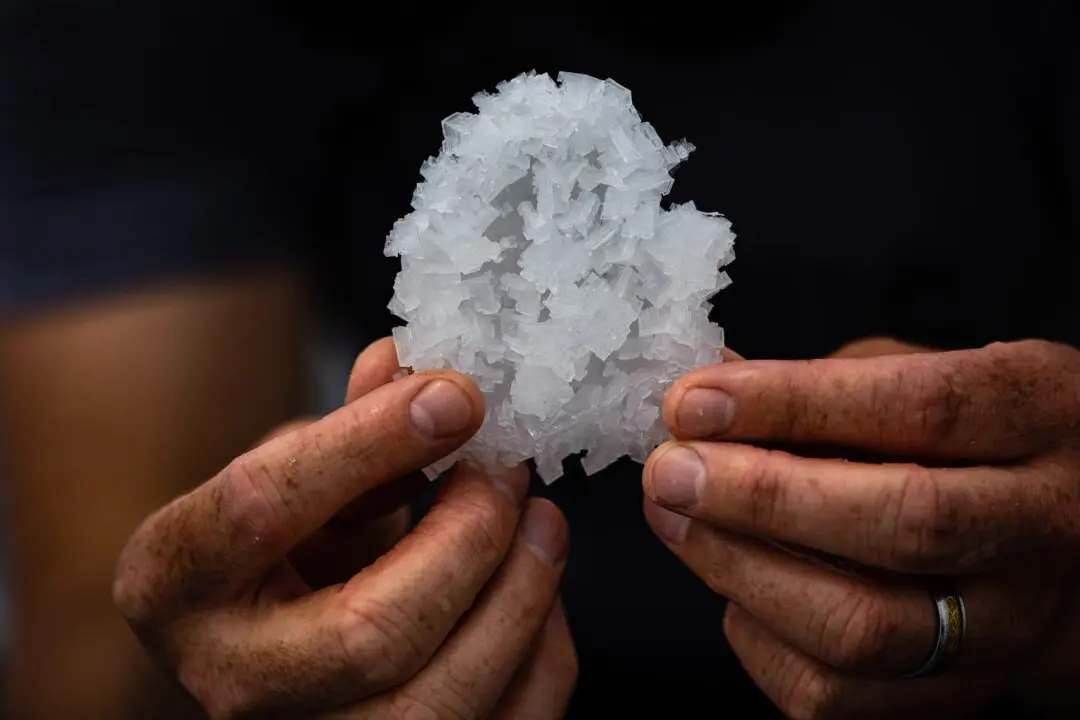Whale watching could not be better.
Spurred by a yen to get outside one morning in Sitka, Alaska, I’ve taken an easy 20-minute jaunt on a sun-strewn bike path and quiet back roads to a shoreline promontory at the southeast edge of town. A half-dozen humpbacks are working the herring-rich waters of Silver Bay at Entry Point, their spumes caught in the morning light and turning the air as silver as the shimmering Pacific.





